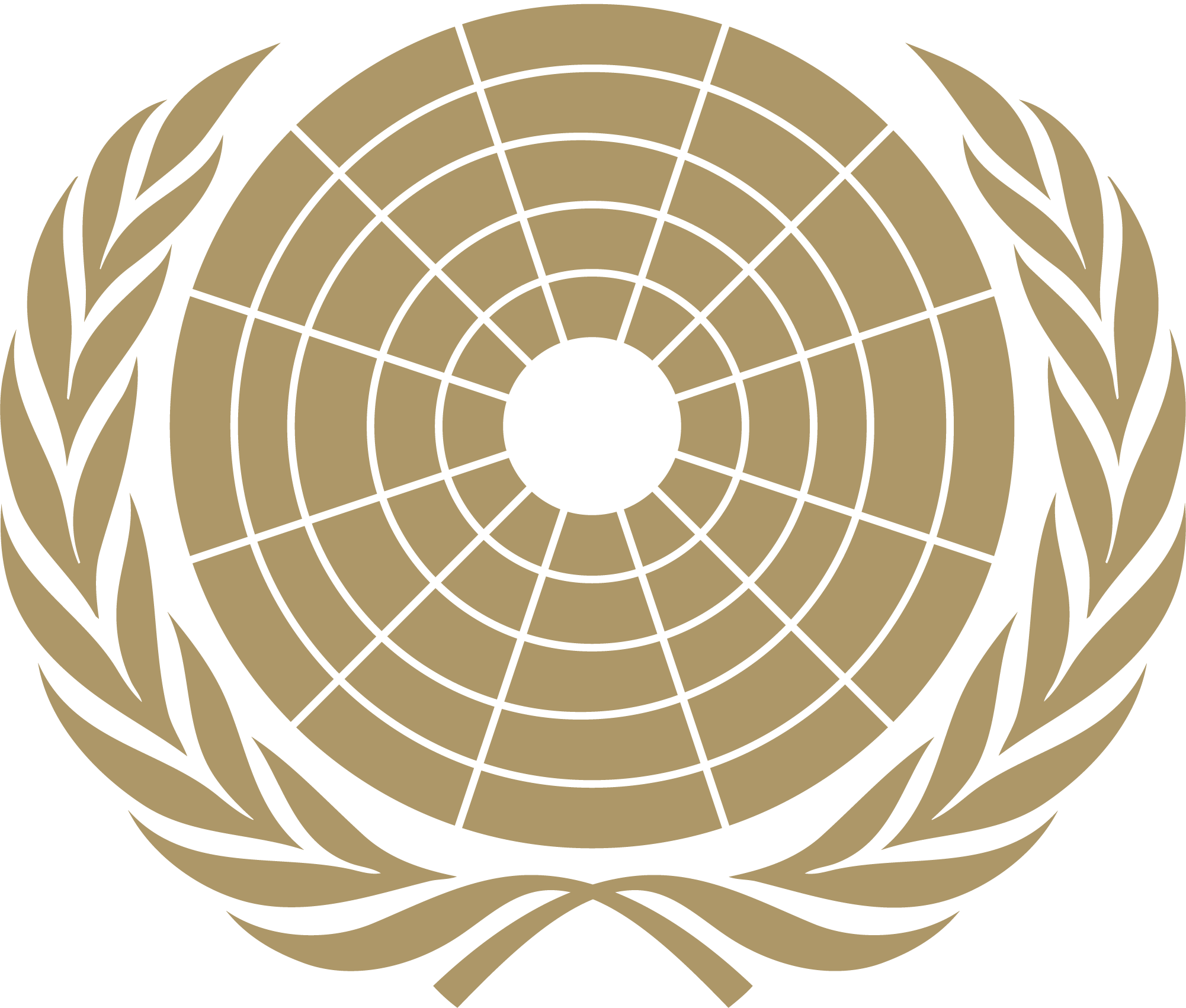Protection from Torture and Inhumane Treatment
The provision “Individuals are not subjected to torture or to cruel, inhuman or degrading treatment or punishment” in Article I of the Fair Constitution is a fundamental guarantee of human dignity and the protection of individual rights. This essay examines the significance of this provision in the context of universal human rights, its historical foundations, its implications in modern society, and the challenges and controversies associated with its enforcement.
Historical and Philosophical Foundations: The prohibition of torture and cruel, inhuman, or degrading treatment has deep historical and philosophical roots. It reflects the collective moral and ethical evolution of societies throughout history. Figures like Cesare Beccaria, in his influential work “On Crimes and Punishments,” argued against the use of torture in criminal justice, laying the groundwork for modern human rights principles.
This provision is a response to the horrors of state-sanctioned torture and abuse witnessed in various historical periods. It is a testament to humanity’s commitment to preventing the infliction of severe physical or psychological suffering on individuals, regardless of their circumstances.
Significance in Upholding Human Dignity: At its core, this provision upholds the principle of human dignity. It recognizes that every individual, regardless of their legal status, retains inherent worth and must be treated with respect and compassion. Torture and inhumane treatment not only cause physical and psychological harm but also erode the very essence of human dignity.
In modern society, the prohibition of torture and cruel treatment is viewed as non-negotiable. It reflects a collective moral consensus that certain acts are beyond the bounds of acceptable behavior, even in the context of criminal justice or national security.
Challenges in Enforcement and Controversies: While the prohibition of torture and inhumane treatment is widely accepted in principle, challenges in enforcement and controversies persist:
- Accountability: Ensuring accountability for acts of torture or abuse, especially when committed by state actors, can be challenging. Legal mechanisms, such as the International Criminal Court (ICC), play a role in holding perpetrators accountable.
- Interrogation Practices: The line between acceptable interrogation techniques and torture is a subject of debate. Some argue that aggressive interrogation methods may cross the threshold into cruel treatment.
- National Security and Exceptional Circumstances: Controversies arise when governments claim that national security or exceptional circumstances justify certain actions that may amount to torture. Striking a balance between security and human rights remains a complex issue.
- Extraterritoriality: Questions about the applicability of this provision beyond a nation’s borders, such as in the context of rendition or detention centers in foreign territories, raise legal and ethical dilemmas.
Global Perspectives: The prohibition of torture and inhumane treatment is enshrined in international human rights instruments, such as the Universal Declaration of Human Rights and the United Nations Convention Against Torture and Other Cruel, Inhuman or Degrading Treatment or Punishment. These instruments reflect a global commitment to eradicating torture and abuse.
Countries that have implemented strong legal frameworks and mechanisms to prevent torture and inhumane treatment have seen positive results. Reduced incidences of abuse, improved conditions in detention facilities, and increased public trust in law enforcement and justice systems are among the benefits observed.
Immediate Action and Public Awareness: Immediate action is crucial to ensure the effective enforcement of this provision. Governments must strengthen legal frameworks, provide training to law enforcement personnel, and establish independent oversight mechanisms to prevent abuse.
Public awareness campaigns play a significant role in promoting a culture of human rights and accountability. Civil society organizations, human rights advocates, and educational institutions can contribute to raising awareness about the consequences of torture and inhumane treatment.
In conclusion, the provision prohibiting torture and cruel, inhuman, or degrading treatment is a cornerstone of human rights and human dignity. It reflects a historical and philosophical commitment to prevent the infliction of severe suffering on individuals. While challenges and controversies persist, global efforts to enforce this provision and raise public awareness are essential to uphold the principles it represents.
